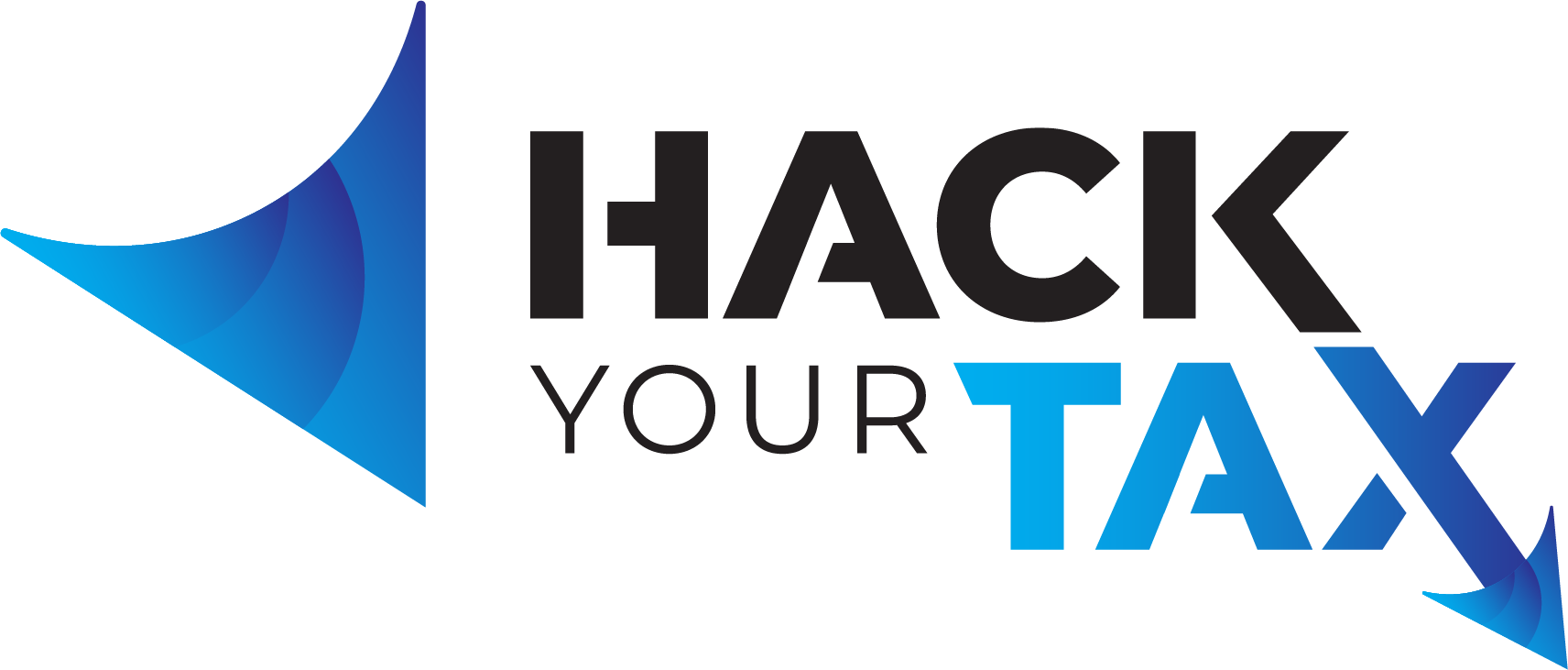Standard Mileage Rates Drop for 2017
Enjoy the standard mileage rates when you file 2016 taxes!
The IRS issued a change on Dec. 13, 2016, decreasing the standard mileage rates used to calculate business, medical or moving deductible costs of operating a car, van, pickup or panel trucks beginning Jan. 1, 2017.
What happened?
The Internal Revenue Service lowered the 2017 optional standard mileage rates to calculate the deductible costs of operating an automobile for business, charitable, medical or moving purposes. The business mileage rate decreased half a cent per mile and the medical and moving expense rates each dropped 2 cents per mile from 2016. The charitable rate is set by statute and remains unchanged.
“Factors contributing to the decision on this year’s slight decrease in the Safe Harbor reimbursement rate include declining fuel prices, which were largely offset by rising vehicle insurance and maintenance costs,” said Donna Koppensteiner, senior vice president of business development at Runzheimer, a business vehicle, relocation information and expense management services provider that provided data research and analytics to the IRS. The standard mileage rate for business is based on an annual study of the fixed and variable costs of operating an automobile. The rate for medical and moving purposes is based on the variable costs.
What else?
The lowered business rate, down from 54 cents per mile to the 2017 rate of 53.5 cents, seems more shocking when we look at the 2015 rate of 57.5 cents.
The medical and moving rate, down from 19 cents per mile to the 2017 rate of 17 cents, is dipping down close to an 11-year low of 16.5 cents in 2010 (when the average cost of a gallon of gas was $2.96 compared to a current $2.28).
Add to that the insult of projected increases in gas prices and the Fed’s recent interest rate increase (and anticipation of more increases in 2017), and business owners could be scrambling to rethink their choice of vehicles.
Anything else?
Sure. The IRS says:
- Taxpayers always have the option of calculating the actual costs of using their vehicle rather than using the standard mileage rates.
- A taxpayer may not use the business standard mileage rate for a vehicle after using any depreciation method under the Modified Accelerated Cost Recovery System (MACRS) or after claiming a Section 179 deduction for that vehicle. In addition, the business standard mileage rate cannot be used for more than four vehicles used simultaneously.
What’s the bottom line?
Plan ahead. Be proactive. Don’t wait until the last minute to ‘prepare’ your tax return. Tax preparation is an ongoing, perpetual part of your personal, business and individual life. When you ‘file’ your return, you are presenting information to the IRS. Big difference.
If you’re a business owner, why would you file an extension, submit your business returns in the third quarter (possibly because you can’t afford to pay your taxes or don’t have your paperwork together), and then expect to be in a position to actually PLAN ahead?
Let’s talk. You have a lot of choices.



